How to photograph the Blood Moon tonight
Everything you need to know to shoot the total lunar eclipse in North America, the last until 2025 and the best until 2029
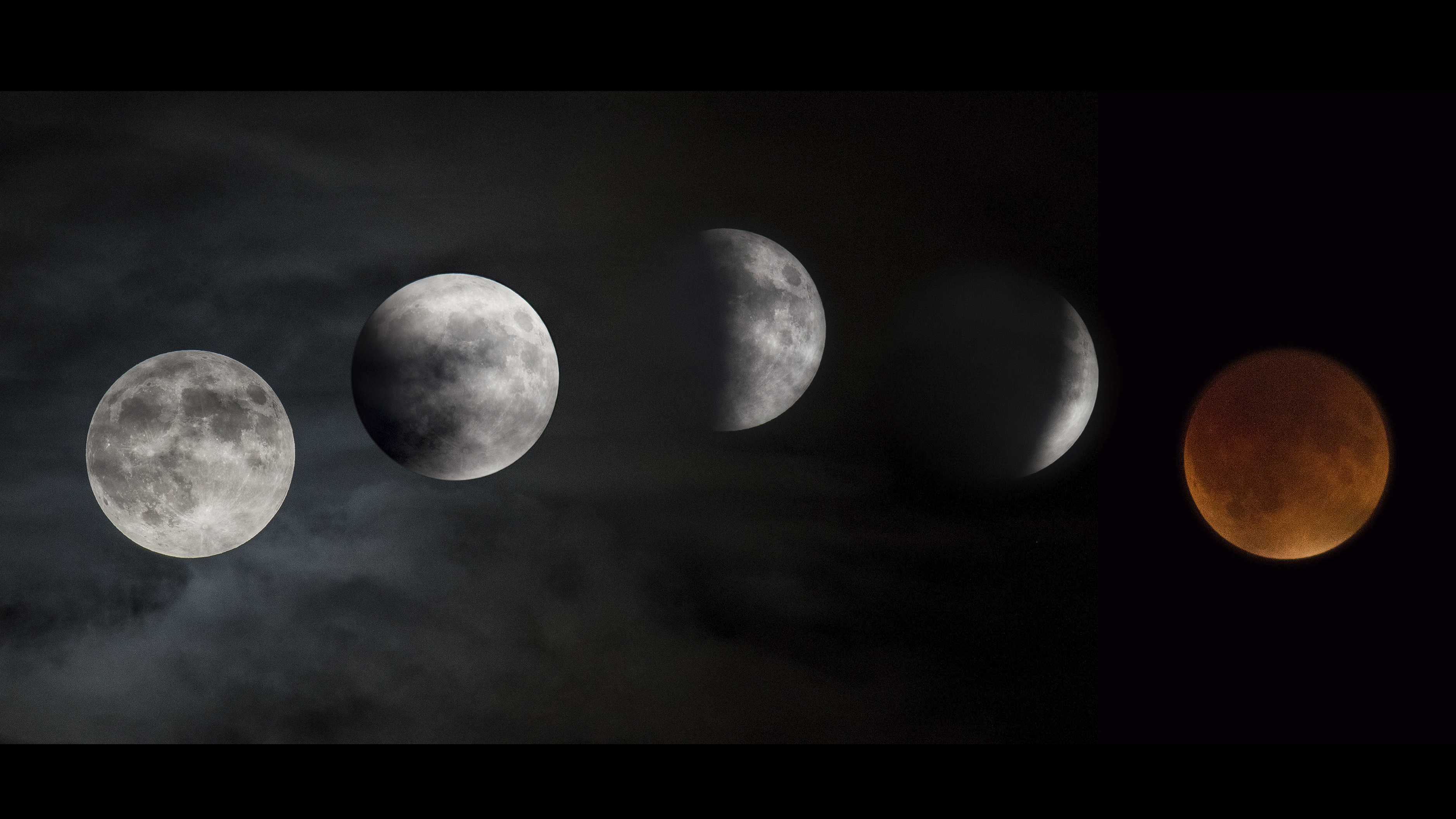
A total lunar eclipse – also known as a ‘blood moon’ – is coming and it will be visible to the whole of North America, the Pacific, and the Asia Pacific. This spectacular event occurs when the full moon turns red as it enters Earth’s shadow. Totality will occur at the same global time of 10:16 Universal Time on Tuesday, November 8, 2022 (that's 6.16 am EST and 3.16 am PDT).
The event will be seen in the early hours of November 8 from North America (just after midnight on the west coast and just before dawn on the east coast). In the Asia Pacific it will be glimpsed just after sunset. It will occur while the planet Uranus is very close to the Moon and also while two meteor showers are active.
Although the Moon’s orbit around Earth is a global phenomenon with a global schedule, whether our satellite will be above the horizon when it begins to turn strange colors will depend on shadows, angles, and the quality of light visible where you are on the planet. Clear skies allowing, of course.
It all begins with a faint penumbral eclipse as the Moon enters Earth’s outer shadow. That’s not much to look at, but it is a good time to photograph a full moon because it will be much dimmer than usual. It’s followed by a partial eclipse as the moon begins to turn red. The event peaks with totality, during which the moon will be a dark reddish copper color. That will last for 86 minutes – much longer than average. The spectacle then goes into reverse as the moon exits Earth’s shadow.
For all locations, the moon will be turning dark red while situated very close to the Milky Way. But before we turn to photography let’s consider just what’s going on here, who’s going to see what, and when…
What is a lunar eclipse?

Also called a ‘Blood Moon’, a lunar eclipse is caused by a full Moon passing through Earth’s shadow in space. The Moon orbits Earth every 27 days, during which time it passes roughly between the Earth and the Sun (an invisible New Moon) and, 14 days later, moves to the other side of Earth to the Sun (a full Moon). The latter sees its near-side 100%-lit by the Sun, but just occasionally it travels precisely through the middle of Earth’s dark circular shadow in space.
When that happens – something that can take hours – the only light that can reach the lunar surface has first been filtered through Earth’s atmosphere. Short-wavelength blue light from the Sun tends to hit particles in Earth’s atmosphere whereas longer-wavelength red and orange light mostly travels right through.
The result, of course, is a ‘Blood Moon’, though in truth it’s more of a copper-reddish color. Because it’s traveling through the darkest part of Earth’s shadow the moon is expected to be a dark red. The effects on Earth’s atmosphere of the Tongan volcano in January 2022 is also likely to make this a relatively darker lunar eclipse.
• Read more: How to create a moonstack
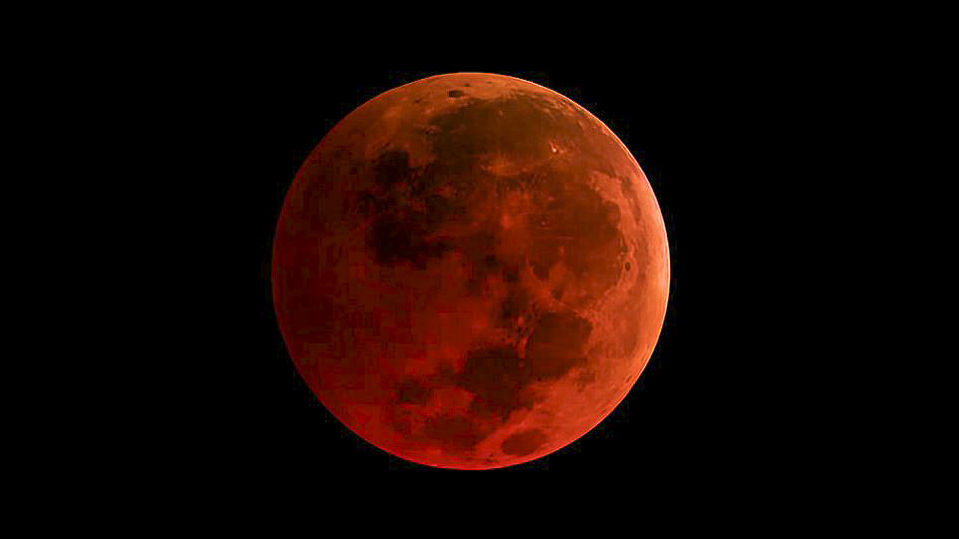
Where and when to see the ‘Blood Moon’
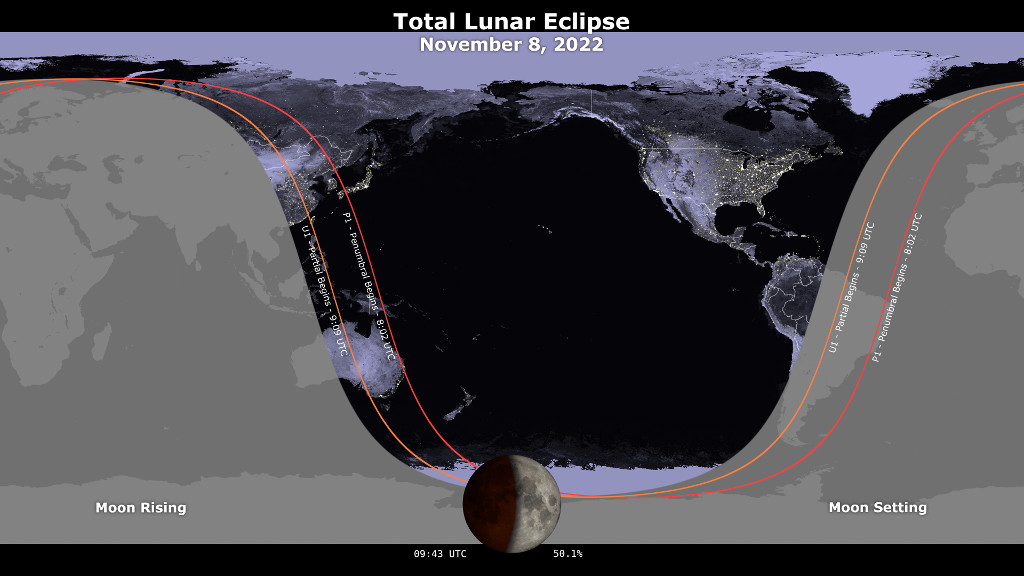
Will you see it? You can easily find out exactly what time the eclipse will be visible from any location. Definitely be outside from when the partial eclipse begins. However, ‘full eclipse’ is the time you need to be ready for – and that’s 10:16 through 11:42 Universal Time on 8 November 2022. Take into account how high the Moon will be in the sky (its altitude) and also note its compass direction. This interactive Google Map is also very useful for plotting your exact circumstances for this eclipse.
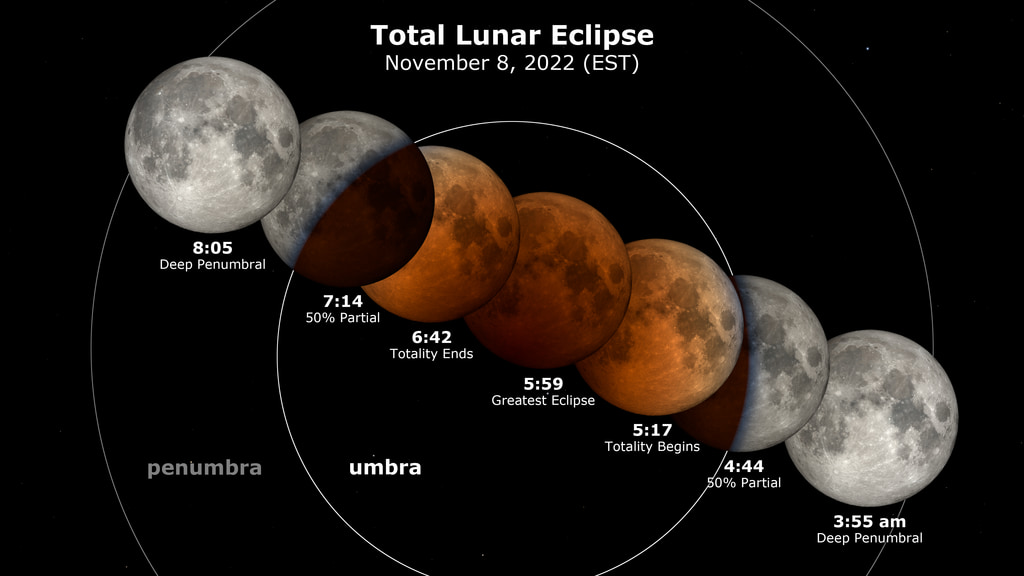
You can also sort out your angles and the position of the Moon in the sky from wherever you are by using The Photographer's Ephemeris (TPE) or PhotoPills.
Here’s when to see the ‘blood moon’ totality period of the total lunar eclipse, which will last for 86 minutes (though do consider being outside for an hour both before and after these times to watch the partial phase – the Moon half-red and half-white!):
05:16- 06:42 EST on Tuesday, November 8, 2022
04:16- 05:42 CST on Tuesday, November 8, 2022
03:16- 04:42 MST on Tuesday, November 8, 2022
02:16- 03:42 PST on Tuesday, November 8, 2022
01:16- 02:42 AST on Tuesday, November 8, 2022
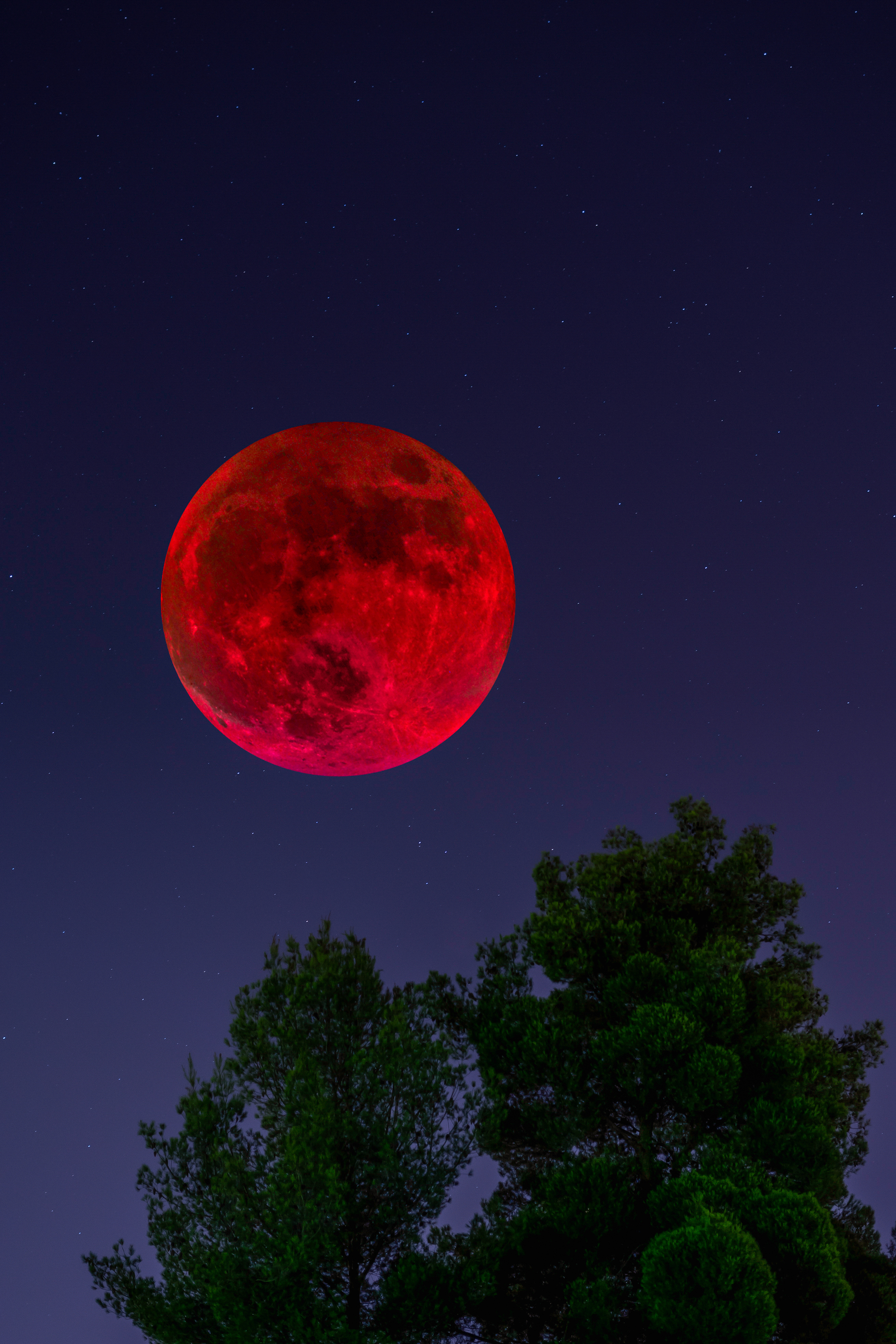
How to photograph a lunar eclipse
This lunar eclipse is a relatively long, lazy spectacle where you can try a few things out, fail, and try again. You’ll have 86 minutes to photograph the red moon as well as an hour either side of that to take a photo of the half-red moon with the added spectacle of a bizarrely curved line across its surface – the outline of Earth’s shadow.
The most important thing you need is a clear sky. This is your number one priority. Check the weather reports and be mobile in the hours beforehand to maximize your chances. The western United States has the highest chance of clear skies.
Equipment you’ll need, how to focus, and settings
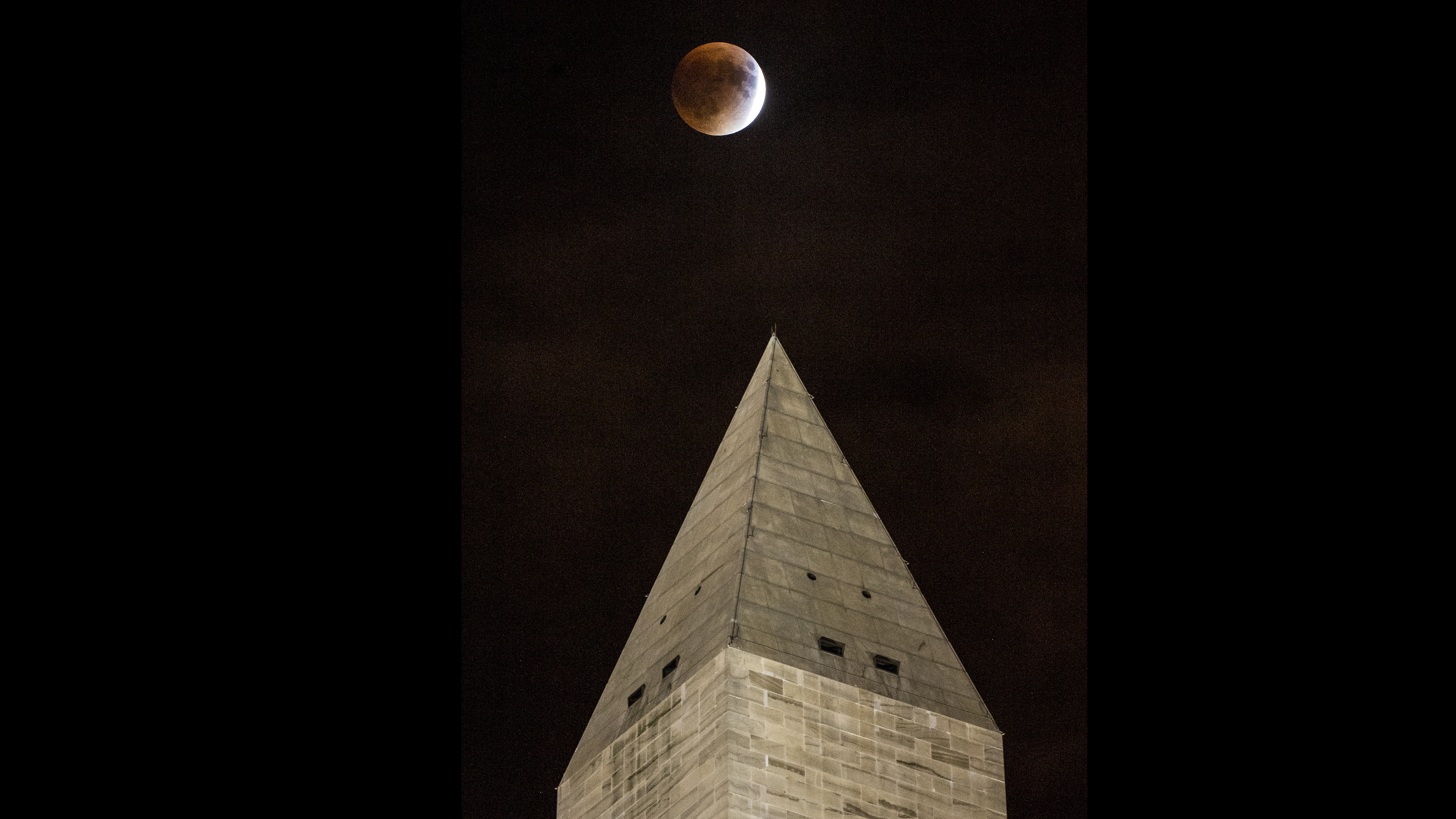
For a close-up of the Moon you’ll need a DSLR or mirrorless camera with a 300mm telephoto lens on a tripod – but ideally one that is at least 600mm long. Alternatively a bridge camera, with its built-in superzoom will do the trick. Be sure to properly focus your lens. Using infinity focus might work, depending on your lens. An alternative that will work for all lenses is to use your camera’s LCD screen to look at part of the Moon zoomed-in, and then to focus until sharp (either manually or using auto-focus, though if the latter you must then switch to manual mode to prevent your camera from refocusing for your next shot).
• The best 150-600mm lenses • The best tripods
With a shutter delay set, and shooting in RAW, during totality keep the aperture as wide as possible (a low f-number), begin with ISO 800 and use a fast shutter speed – about 1/100sec – to keep the shot sharp. It’s all a trade-off between ISO and shutter speed, but a Lunar Eclipse Exposure Calculator will help you figure out base settings for your lens. Bracketing either side of your target exposure is the way to go.
• The best wide lenses for astrophotography
How to photograph the full moon
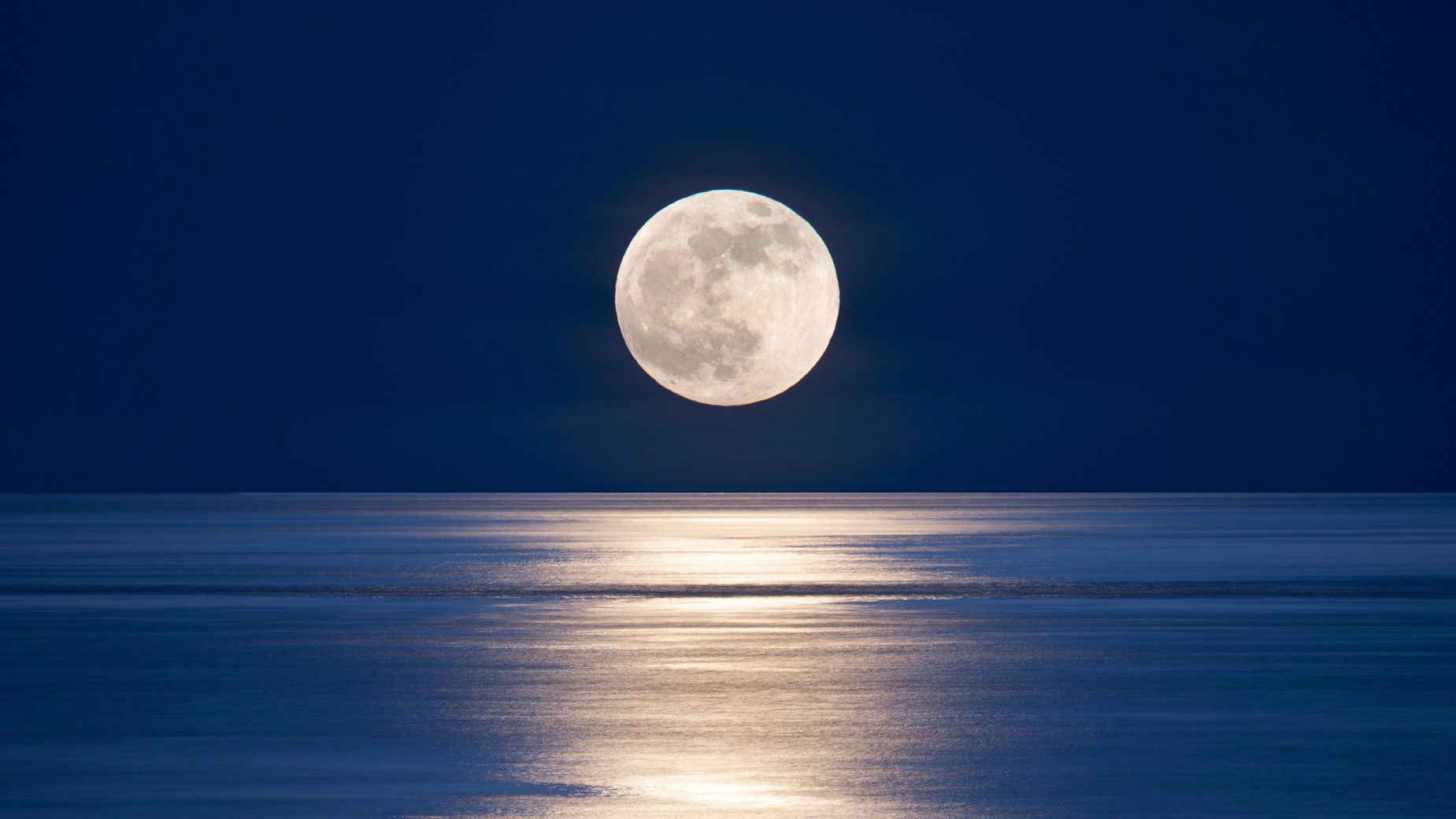
Here’s something the entire world can do – as wherever you are in the world, there will be a full moon for you to photograph. Start-off with your camera set to ISO 100, f/10 and 1/125sec, but the exact settings will depend upon your lens and the quickly changing light.
See How to photograph the moon
The best captures of a full moon rising and/or a lunar eclipse close to the horizon are those that have creative compositions. If you have enough ambient light to bring out the foreground, pan out a bit from the lunar disk, find something else of interest for your composition – a building, a mountain, people or preferably something unexpected – and let the majestic Moon help you create an out-of-this-world shot.
How to capture Uranus and ‘shooting stars’
Take wide-angle images of the ‘Blood Moon’ and might just catch a ‘shooting star’ from the Southern Taurid and Northern Taurid meteor showers, which peak either side of the total lunar eclipse. If that’s unlikely, it’s worth remembering that during totality the night sky around the Moon is weirdly dark. The star-fields of the constellation of Taurus – and the sparkling Pleiades open cluster – will be above the Moon, which will show in a long exposure of between about 10 and 25 seconds.
More obvious and easily captured will be Uranus, the seventh planet from the Sun, which will be visible just above and very close to the ‘Blood Moon’ during totality.
The next lunar eclipse
Don’t miss this chance because an 86 minute totality won’t be surpassed until a 102 minute totality on June 26, 2029. That’s the next really big total lunar eclipse, though the next one is on March 13/14, 2025 when the moon will turn reddish for 66 minutes as seen from the entirety of North America and South America.
Jamie Carter is editor of WhenIsTheNextEclipse.com
Get the Digital Camera World Newsletter
The best camera deals, reviews, product advice, and unmissable photography news, direct to your inbox!

Jamie has been writing about photography, astronomy, astro-tourism and astrophotography for over 15 years, producing content for Forbes, Space.com, Live Science, Techradar, T3, BBC Wildlife, Science Focus, Sky & Telescope, BBC Sky At Night, South China Morning Post, The Guardian, The Telegraph and Travel+Leisure.
As the editor for When Is The Next Eclipse, he has a wealth of experience, expertise and enthusiasm for astrophotography, from capturing the moon and meteor showers to solar and lunar eclipses.
He also brings a great deal of knowledge on action cameras, 360 cameras, AI cameras, camera backpacks, telescopes, gimbals, tripods and all manner of photography equipment.
